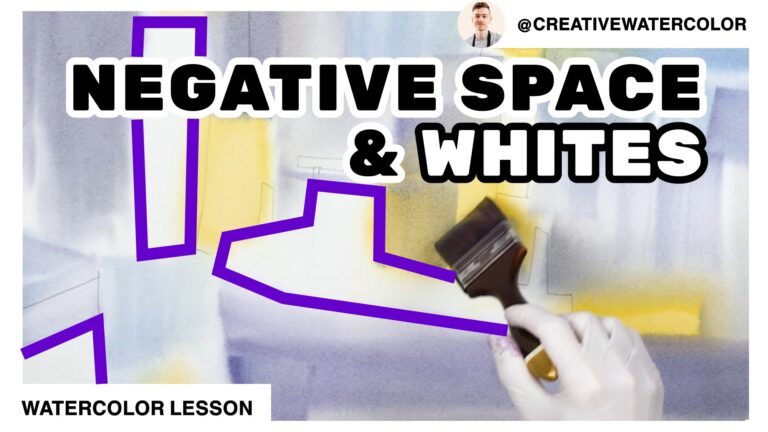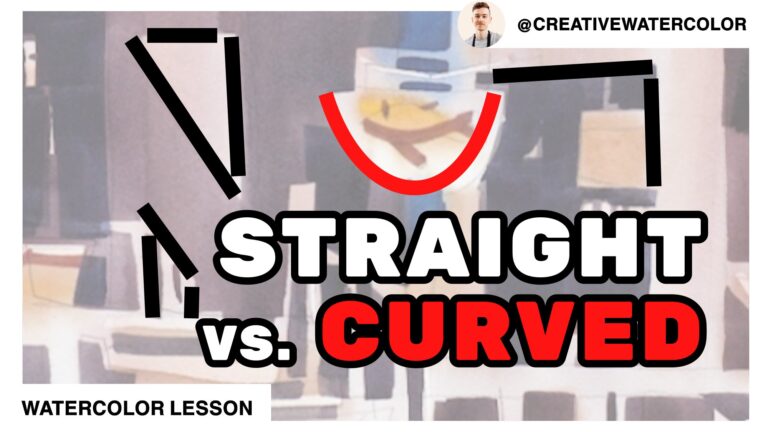Cheap watercolor paper downsides I discuss in this video may well be behind your frustration if you’re learning watercolor.
Hello everybody, welcome back to my studio. I appreciate you joining me for today’s video as we continue our discussion on watercolor paper.
In the previous video we talked about how watercolor paper could hold back your artistic development.
It isn’t much of a stretch to imagine that the choice of tools can either help or hinder your learning process. Watercolor painting is performed with brushes, paints and paper. Out of these three, my experience says that paper has the most notable effect on the quality and ease of your performance. I’m speaking in general terms here. By quality paper I refer to 100% cotton/cotton rag paper.
Which brings me to our demo at hand. In contrast to high quality cotton paper is the paper I’m using today. While still not a budget paper, this Bockingford isn’t made of cotton. It therefore only mimicks the performance that an experienced watercolor artists expect of their paper.
All this affects not only how comfortable and pleasurable the painting process itself feels for the artist but also how the painting itself looks after completion. Suffice it to say, in general, lesser quality paper affects both areas negatively to lesser or greater degree.
Let’s now take a look at a few specific issues that occur in our demo, which demonstrate how such paper handles and the problems it poses to the painting process.
Water absorption
Water absorption is for the most part dependent on the quality of sizing (there’s internal and external/surface sizing) – lesser paper usually lacking external sizing completely. But there’s also durability, feel, and other factors we’ll discuss later on.
Watercolor paper made of cotton has incredible ability to absorb a wash. It absorbs it readily, yet holds it on the surface long enough so that the wash becomes naturally smooth. This is in contrast to lesser paper, which holds the wash on the surface either too long or not long enough. If the absorbtion is delayed, the wash moves around the page and it starts to record this movement. If it absorbs wash too fast, similar issues arise. The wash becomes unworkable, wet into wet becomes very difficult and the result isn’t pretty. Uneven drying very often results when working on such paper, where one part of the same wash is already dry and the other just an inch to the side is still wet. This then results in blossom and blooms mid-wash. This can be avoided if one gets familiar enough with the paper’s characteristics but then the painting process must focus more on compensation than creation.
You can see how these issues manifest in my washes right now. These wet on dry washes dry unevenly. You can already notice some hints of blossoming as results of this uneven drying.
You can also see how my wet into wet washes are affected by re-watching the previous video.
That’s all for today. There’s more issues I want to point out still and we’ll discuss these in the next video.
If you enjoyed the video, please like, comment and subscribe to my channel. Every single like helps a lot. Thanks for watching everyone! I will see you in the next one.




